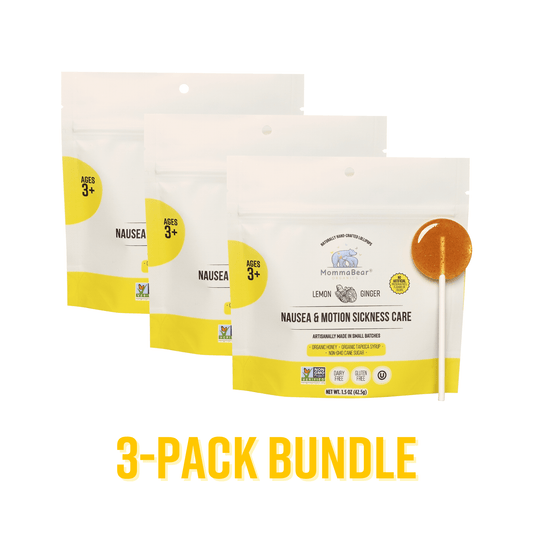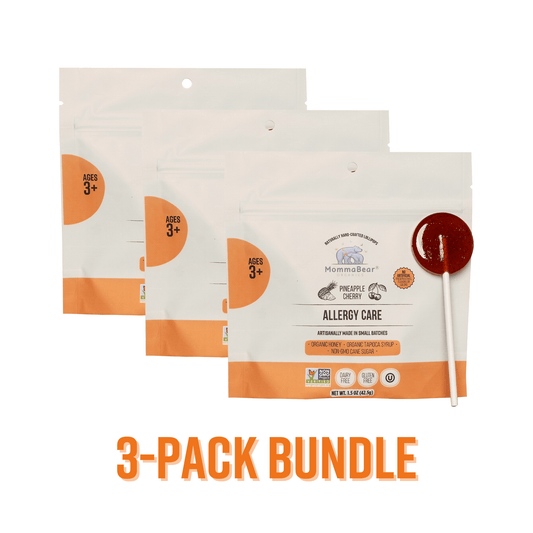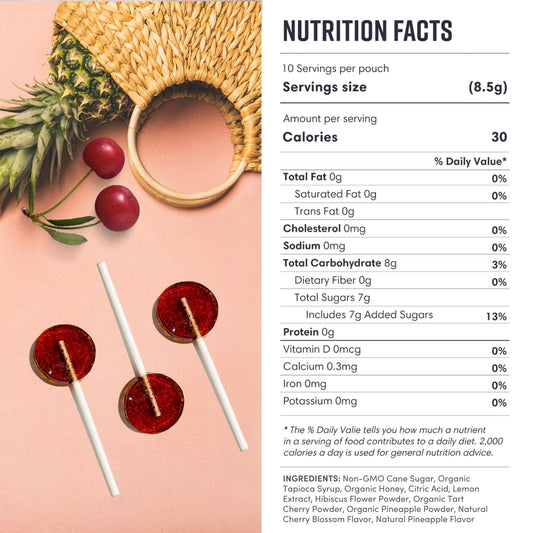My mind just goes and goes sometimes, you know? It’s like a browser with way too many tabs open, all playing different sounds at once. A friend mentioned guided imagery, and honestly, I was skeptical. Just… picture a beach? Seemed a little too simple. But I tried it. And it's wild how your body kind of listens to your brain. When you imagine you're calm, some part of you actually starts to believe it, even if it's just for a minute. I read somewhere it can help with stress and even pain. The best part for me is that it's free and you can do it anywhere—even hiding in the pantry for five minutes.
So here's the basic idea I try to follow:
-
Find a quiet spot where you won’t be interrupted.
-
Engage your senses by vividly imagining a calming place.
-
Pair it with techniques like deep breathing for better results.
-
While it’s generally safe, consult a professional if you have a history of trauma or mental health conditions. For consistent benefits, practice regularly, and consider combining it with other wellness strategies.
Calm Down quickly | Guided imagery for anxiety
How to Practice Guided Imagery: Step-by-Step Instructions
Honestly, getting started is the easiest part. I was surprised that I actually felt a little bit better almost right away, which is not always the case with these wellness things.
Preparing Your Space and Yourself
Okay, so "quiet spot." In my house, that’s a real challenge. Sometimes it’s my car in the driveway or the bedroom for three minutes before the kids wake up. I think the key is just… fewer interruptions, not total silence. I try to put my phone on silent, or even better, leave it in another room. And I just wear whatever I'm already in, you know, as long as it's not cutting off my circulation. The goal is just to be comfortable enough that you're not thinking about being uncomfortable.
Adding Guided Imagery to Your Daily Routine
Trying to build a new habit is… a lot. I feel like I'm always failing at it. So I've been trying to just tack this onto things I already do. It feels less like another thing on the to-do list that way. Just squeezing it in where I can find a spare moment.
Using Guided Imagery Before Stressful Events
My anxiety really ramps up before certain things. Not job interviews anymore, thank goodness, but parent-teacher conferences? Or even just a difficult phone call I have to make. So I've started trying this for 10 minutes beforehand. I just find a quiet corner and picture it going well. I picture myself feeling calm and saying the right things, not stumbling over my words. I saw a study recently that said our minds are just wandering almost half the time we're awake. That's crazy, right? So taking a few minutes to point my brain in a good direction feels… productive.
Pairing Guided Imagery with Other Calming Methods
I've found this works even better when I mix it with other things. Like, I’ll do some deep breathing while I'm picturing my calm place. It feels like it anchors the whole thing, gives my body something to do. I also tried that thing where you tense up your muscles one by one and then let them go. It’s surprisingly effective for getting the jitters out. I mean, it makes sense. I read somewhere that combining stuff, like meditation and massage, has a bigger impact than doing just one. So yeah, I guess it’s all connected.
"Guided imagery works because it harnesses the power of the mind-body connection, allowing you to use your thoughts and imagination to influence your physical and emotional state." - Dr. Martin Rossman
Adding a little light stretching before I start can also help. My body is always so tense, so releasing some of that first makes it easier for my mind to follow.
Setting Up Your Environment for Success
Having a go-to spot helps. For me, it’s this one specific chair in the living room. My brain just sort of knows, okay, it's time to chill out now. I try to do it after my morning coffee, but some days it’s a quick reset at lunch or right before bed when my brain won't shut off about the day. That's actually been a huge help for my sleep. Just 10 or 20 minutes to kind of… change the channel in my head from all the stress to something more restful.
sbb-itb-e1a023f
Benefits and Things to Consider
Main Benefits of Guided Imagery
So, what I really, really love about this is how easy it is. You don't need anything. No special apps, no fancy equipment, nothing. You can literally do it anywhere. And it fits into my day, which is huge. Some days I have 20 minutes, some days I have two. It makes me feel like I'm actually doing something about my anxiety, instead of just letting it happen to me. It's a little bit of control, you know? A way to actively calm myself down.
Safety Tips and When to Get Help
Just a little heads-up on this, though. I've read that if you have a history with some really heavy stuff, like trauma, this kind of visualization can sometimes bring up things you don't want to deal with alone. So, it's probably a good idea to chat with a therapist first if that’s part of your story. I mean, for most of us, it’s totally fine, but it’s always good to be careful.
And look, if your anxiety is just... too much. If it's getting in the way of work, or your relationships, or you're just feeling physically awful from it all the time, it's really time to talk to someone.
"When anxiety is truly interfering with daily activities or what you need to do, it's time to seek professional help." - Dr. Swantek
It’s so common—I think I read somewhere that anxiety disorders affect almost 20% of adults in the U.S., but so few of us actually get help. It’s nothing to be ashamed of. Sometimes we just need more support.
"Life choices should not be based on anxiety, fear or sadness but on the life you want to have." - Lynne Siqueland, PhD
Adding Natural Wellness Products to Your Routine
Sometimes, on top of all the mental stuff, I just need something tangible, you know? A little something to ground me in the moment. And that's part of why I started making our lollipops in the first place. They aren't a cure for anxiety, of course, but taking a moment to just mindfully enjoy one can be its own little calming ritual.
It's simple. It's a small comfort. For me and my family, it's an easy, natural way to help with things like a scratchy throat or an upset tummy on a car ride. It just fits into that whole idea of taking care of yourself and your family in small, gentle ways.
Conclusion: Using Guided Imagery for Better Mental Health
So yeah, that's where I'm at with this whole guided imagery thing. It's not magic. Some days it feels like a total game-changer, and other days my mind is just too loud and I can barely focus for a minute. But I'm learning that it's not about being perfect at it. It’s just about showing up for myself for a few minutes. It's just one little tool in the toolbox. I don't know if I'll ever have this anxiety thing completely figured out, but trying things like this... it feels like I'm moving in the right direction, at least. And for now, that's enough.
FAQs
How can I fit guided imagery into a busy daily schedule?
Oh, I get this question. Fitting anything new into a busy schedule feels impossible. What's worked for me is not trying to carve out a whole new block of time. I just steal little moments. The five minutes in the car before I go into the grocery store. Ten minutes after I put the kids to bed when the house is finally quiet. You can even use guided audio tracks on your phone while you're waiting in line somewhere. Honestly, just start with five minutes a day. It's less about how long you do it and more about just… doing it. You'd be surprised what a few minutes can do for your headspace.
Are there situations where guided imagery might not be suitable?
Yeah, definitely. It's usually super safe, but it's not a one-size-fits-all thing. If someone is dealing with really severe mental health stuff, like psychosis or hallucinations, it could actually make things feel worse. And like I mentioned before, if you have a history of trauma, it can sometimes be a trigger, bringing up difficult memories when you're not prepared. The safest bet is always to check with a doctor or therapist if you're not sure. You have to do what feels right and safe for you.
How can I create vivid and effective mental images during guided imagery?
This was so hard for me at first! My brain just would not cooperate. The trick, I think, is to start simple. Don't try to imagine some super complex fantasy world. Just think of a real place you love, like a favorite beach or a trail in the woods. Then, try to pull in your other senses. What does it smell like? Can you feel the sun or a breeze on your skin? Can you hear the birds or the waves? The more little sensory details you add, the more real it feels. And don't worry if it's not a perfect movie in your head right away. It gets easier the more you do it, I promise.
Related posts
- How Herbal Candy Eases Anxiety
- How Organic Lollipops Help with Travel Anxiety
- Best Breathing Exercises for Anxiety
- Does lemon aide with nausea and motion sickness?










